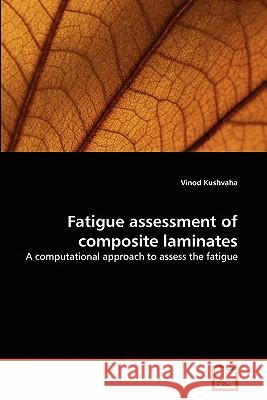Fatigue assessment of composite laminates » książka
Fatigue assessment of composite laminates
ISBN-13: 9783639312461 / Angielski / Miękka / 2010 / 72 str.
The word fatigue has been a widely accepted term in engineering vocabulary for catastrophic failure of materials under cyclic loadings for more than a century. Cyclic loading causes damage and material property degradation in a cumulative manner. When a structure is subjected to cyclic stress (often much less than the static yield strength of the material) it fails after a number of cycles of stress application. Therefore, fatigue is the principal failure mechanism for structures under cyclic loading. To demonstrate the fatigue behavior, the composite laminates are modeled using the Finite Element Method (FEM). Using FEM results and Tsai-Hill criterion, fatigue life is computed for various laminate configurations. To validate the results, fatigue life assessed by Tsai-Hill and Tsai-Wu criteria is compared. The variations of fatigue life for different support conditions, load increments and possible lamina stacking sequences are studied. In addition, to present the fatigue behavior under variable amplitude loading, the Rainflow counting method is applied on irregular load history and fatigue life is computed for converted block loading.











